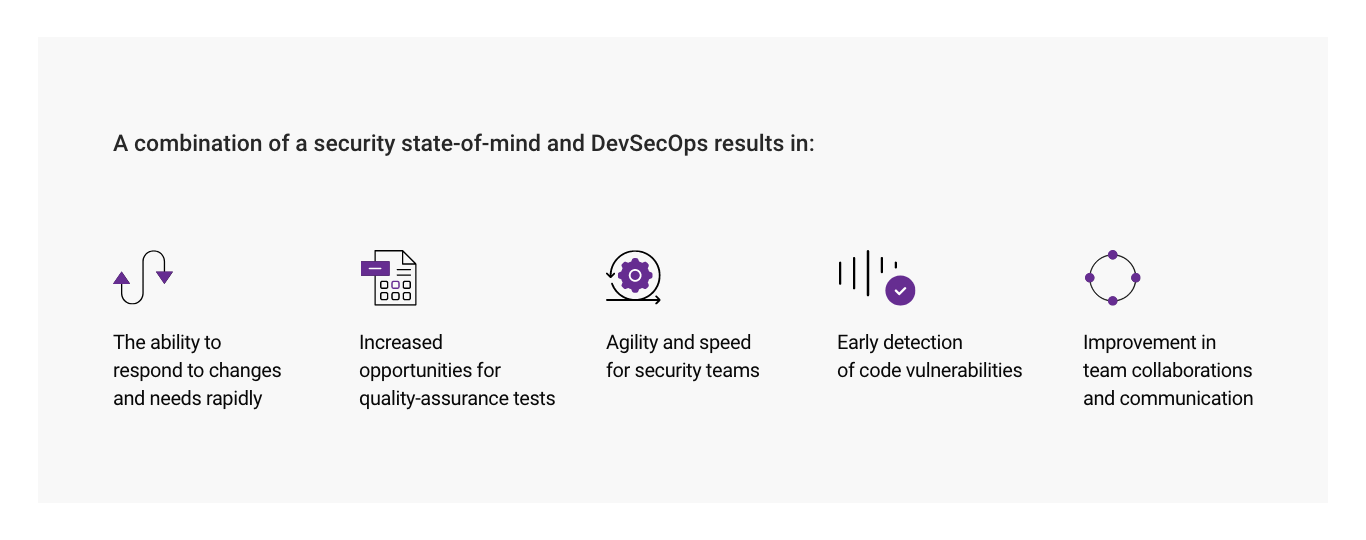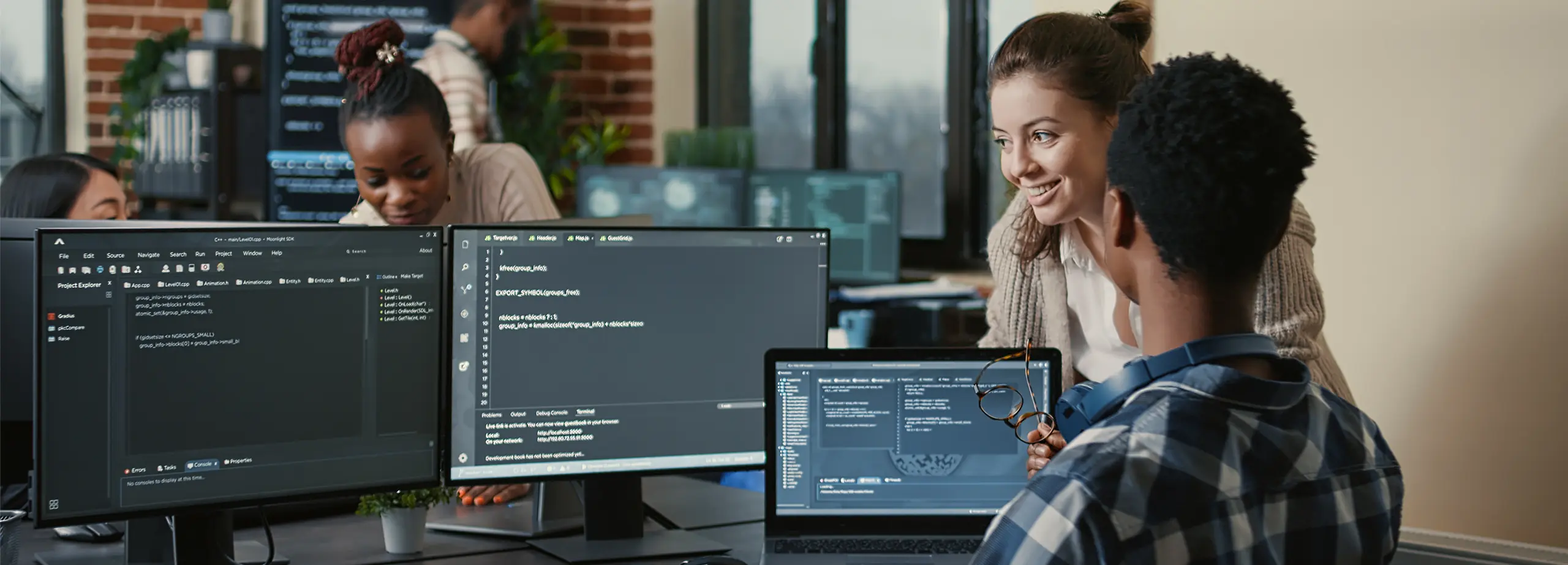DevSecOps
There’s no question that technological security DevSecOps within any company is crucial to keeping vital information safe. While security seems like an upper-level IT responsibility, it’s essential for every person within the company, every employee who goes through the onboarding process, to understand the company security measures.
DevSecOps, which stands for Development, Security, Operations, is an approach to business culture that insists on integrating security as a shared responsibility on all levels. From board members to interns, employees must consider safety in every piece of work and every decision made.
The Role of Company Security
In the past, the role of company security rested heavily on one team, specifically in the final stages of program development. Security must be integrated into the company mindset just as development and operations are now. DevSecOps means streamlining the development process and asking every employee to prioritize security in every decision made.
Every person within a company should be liable regarding security measures, even if they are not on a designated security team. Bringing security forward into the software development life cycle will improve planning, test code and keep everyone accountable.
Not to mention, leaving security at the end of the development cycle often makes the development stage longer than intended. Security throughout is the key.
Security and Apps and Data
Security, as it pertains to applications and data, is an integral part of the life cycle of an application and all of its updates. Think of it this way; DevSecOps is all about security measures built into the application instead of surrounding the perimeter. With DevSecOps automation, the security comes from the inside.
To help your developers write code with security in mind, they require a security mindset. By instilling the belief that security reigns during the onboarding process, you create a company that revolves around the importance of security in every application development stage.
To develop an outstanding DevSecOps strategy revolving around data and app security, your team has to start with determining the risk tolerance in every stage of development and carry out a risk/benefit analysis.
Fully consider what security measures and controls are necessary within the new app you’re in the process of developing. DevSecOps automation is essential here because running a manual security check at every stage of development is time-consuming.
Work Environment Regarding Data Security
Security starts at the bottom. To effectively make app development safety and security part of your company at every level, you’ve got to create an environment that focuses on that security. A few things can help you create a security mindset, asking employees to behave and think differently. Eventually, security will become a natural part of their day-to-day work.
Automate the Work Environment
When the work environment is automated, it minimizes the number of hands in the development pool. A massive part of adequate security is creating awareness while minimizing unauthorized access or connections.
Encrypting Data Between Applications and Services
Without question, integrated security services minimize the possibility of unauthorized access. By taking measures at every level, the chances of a data or security breach are lower.
Making Security Company-Wide While Implementing DevSecOps
It can seem counterintuitive to implement DevSecOps while asking everyone working within the company to focus on security measures. However, even though the concept and enforcement of DevSecOps architecture focus on automating work environments to eliminate the number of people that have their hands in the development process, it’s crucial for all teams to thoroughly understand security to protect development at every level.
A security-based frame of mind doesn’t mean giving all team members and employees access to vital security aspects of applications in the development stage. Instead, it encourages them to think about the security measures necessary while they’re doing their part.
Company-wide security mindsets serve to provide insight where there once was none, and it can absolutely work alongside DevSecOps. The embedding of security into every move of all teams involved in your company makes for a secure end-product, without question.

Allowing these two philosophies to work in conjunction gives your team the chance to strengthen, and therefore, turn out products and applications that work with security built from the inside out.
A Security-Centric Environment Works
There’s no question that an environment that focuses on security works regarding every stage of development. A stronger product is the end-game, and it’s a very likely result when a security-centric mindset combines with DevSecOps architecture, automation, and implementation.
If your company hasn’t started making security a priority at every stage, it’s not too late to start. It will take a while for your current employees to fall into the rhythm, but including it as part of the onboarding process will bring about fast changes for the better.










